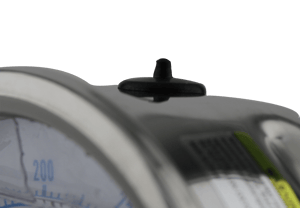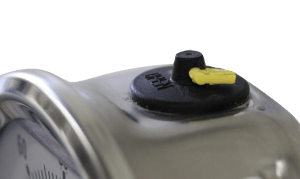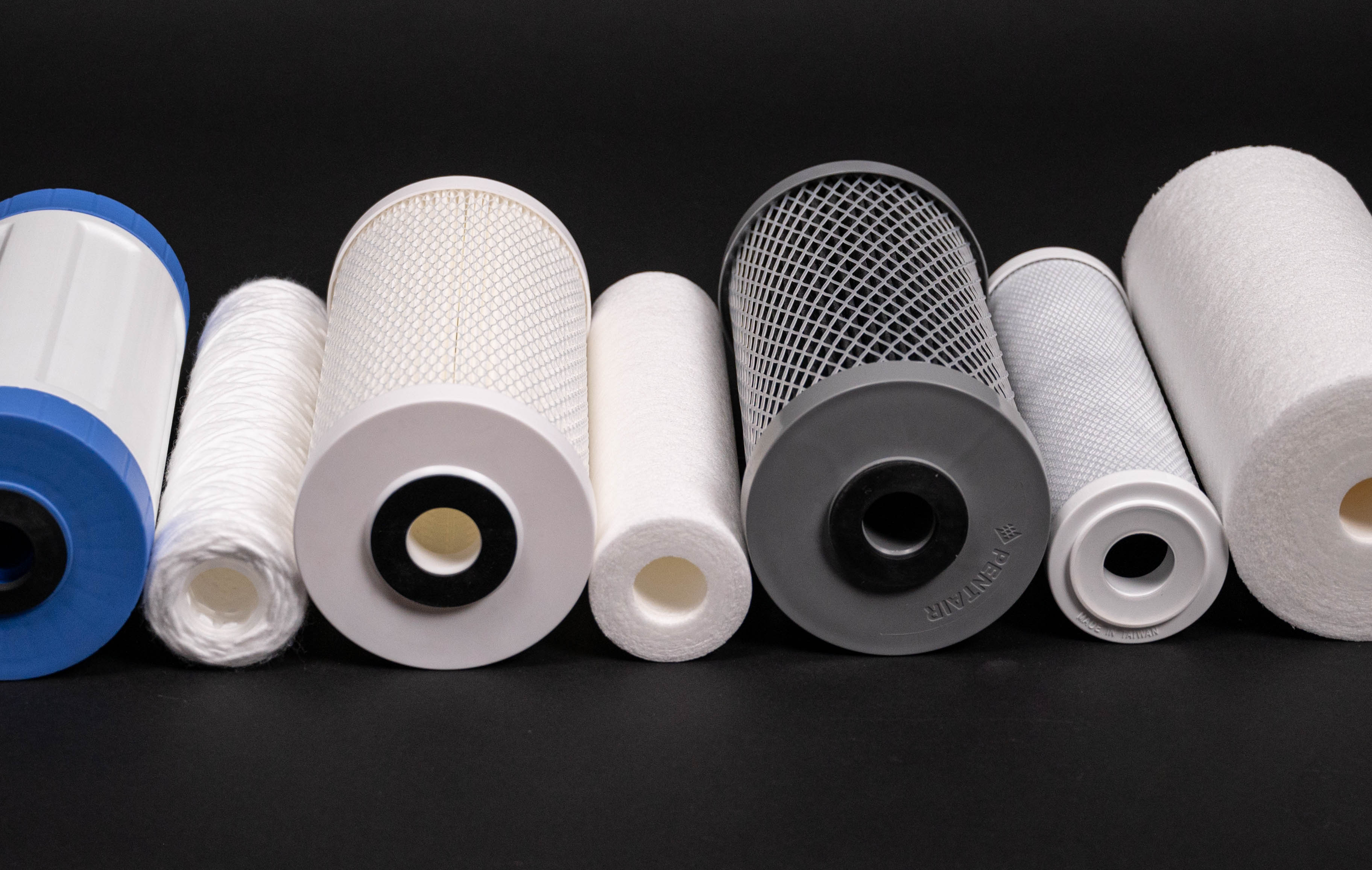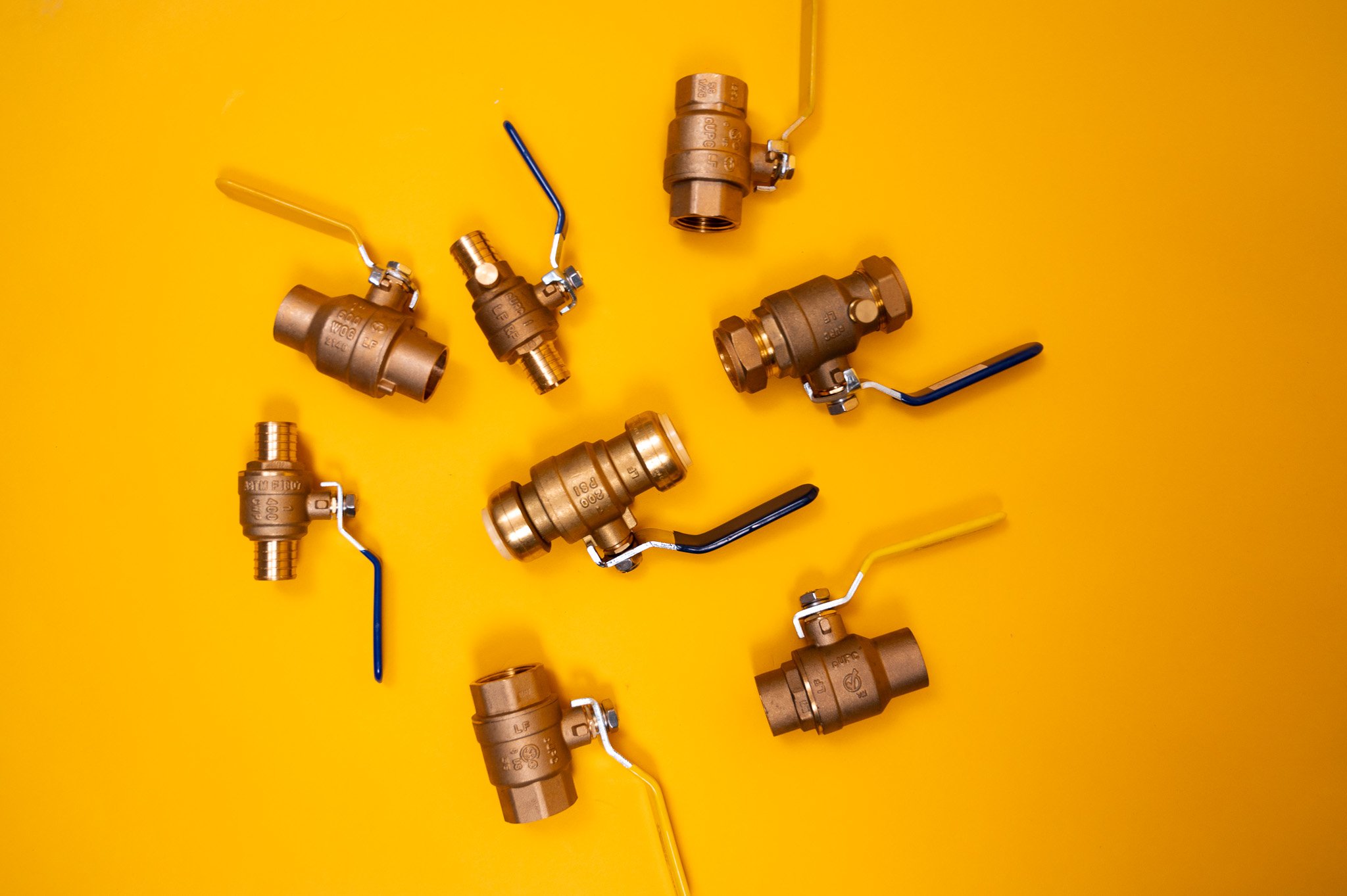Better yet, do you need to? If you have a dry gauge, don't panic! Venting is strictly for liquid filled gauges. As discussed in When to Select a Liquid VS Dry Pressure Gauge, there are many advantages to a liquid gauge when used correctly in specific applications. When choosing the correct liquid filled gauge, there is another key detail to keep in the back of your mind.
In this blog, we will dive into how to properly vent a liquid filled gauge and how to determine which style of fill plug best fits your operation.
Why vent a liquid filled pressure gauge?
Gauges with full scale ranges of 300 PSI and below need to be vented to ensure accuracy of the gauge. Without proper venting, the liquid gauge would display inaccurate results. Liquid filled gauges are required to be vented after installation so that the liquid doesn't leak out during transportation.
Temperature fluctuations during the installation process or during shipping can cause the liquid to expand or contract. This wavers the pressure inside the case which could cause the pointer to not be able to reach zero until the gauge is properly vented.
OK, so how do you properly vent a liquid filled gauge?
Before grabbing your scissors, it's good to be aware that there are actually two different styles of fill plugs. First thing to do is to determine which fill plug has been supplied with your gauge. Some gauges are supplied with a one piece "solid rubber" style while others are supplied with a two piece "lever" type filling plug. As seen in the pictures, it is easy to differentiate which style of fill plug is on the gauge you have selected.
Solid Rubber Type
To correctly vent the solid rubber fill plugs, simply cut off the tip of the plug which will open a small hole through so the gauge can vent. The solid rubber type plugs do not allow for closing of the vent for use of the gauge in a non-upright position. These are the most common type of fill plug as most applications don't require horizontal installations.
Lever Type
The levers on this style of pressure gauge are closed on delivery and must be opened during installation in order to prevent any possible pressure build up in the case. The lever is a half turn valve which is used to vent the gauge by moving the valve to the open position. This allows the pressure gauge to breathe, releasing any pressure or vacuum built up inside the case. If the gauge is installed in an upright position, the lever can be left in the open position.
The lever style does allow for use of the gauge in a non-upright position. This can be done by moving the valve to the closed position to prevent the liquid from leaking out. However, this installation could cause inaccuracy if the temperature fluctuates.
How do you know you vented it correctly?
A sign to look for to confirm that your liquid filled gauge with the solid rubber type fill plug is vented correctly, is to make sure glycerine comes out of the gauge after you snip the fill plug with scissors. If glycerine doesn't spill out, you can take a paper clip or a small tool and insert into the hole of the fill plug. You can then see if glycerine is on the end of your tool when you pull it out. If you see glycerine, your liquid filled gauge is vented correctly. If you don't see glycerine after the initial cut, you may not have snipped far down enough.
If you have a liquid filled gauge with the lever type fill plug, simply move the yellow valve to the open position. Reminder that these steps must take place after installation.
Although installing a liquid filled pressure gauge seems like an easy task, if not properly educated it can lead to issues that would cost you time and money. Use these quick and easy bits of information next time you need to properly install a liquid gauge, and tell a friend. You could help save them a couple of bucks too.
Have further questions about this subject?

Head over to Boshart's Knowledge Base: technical product information, guidelines, and more.





SHARE